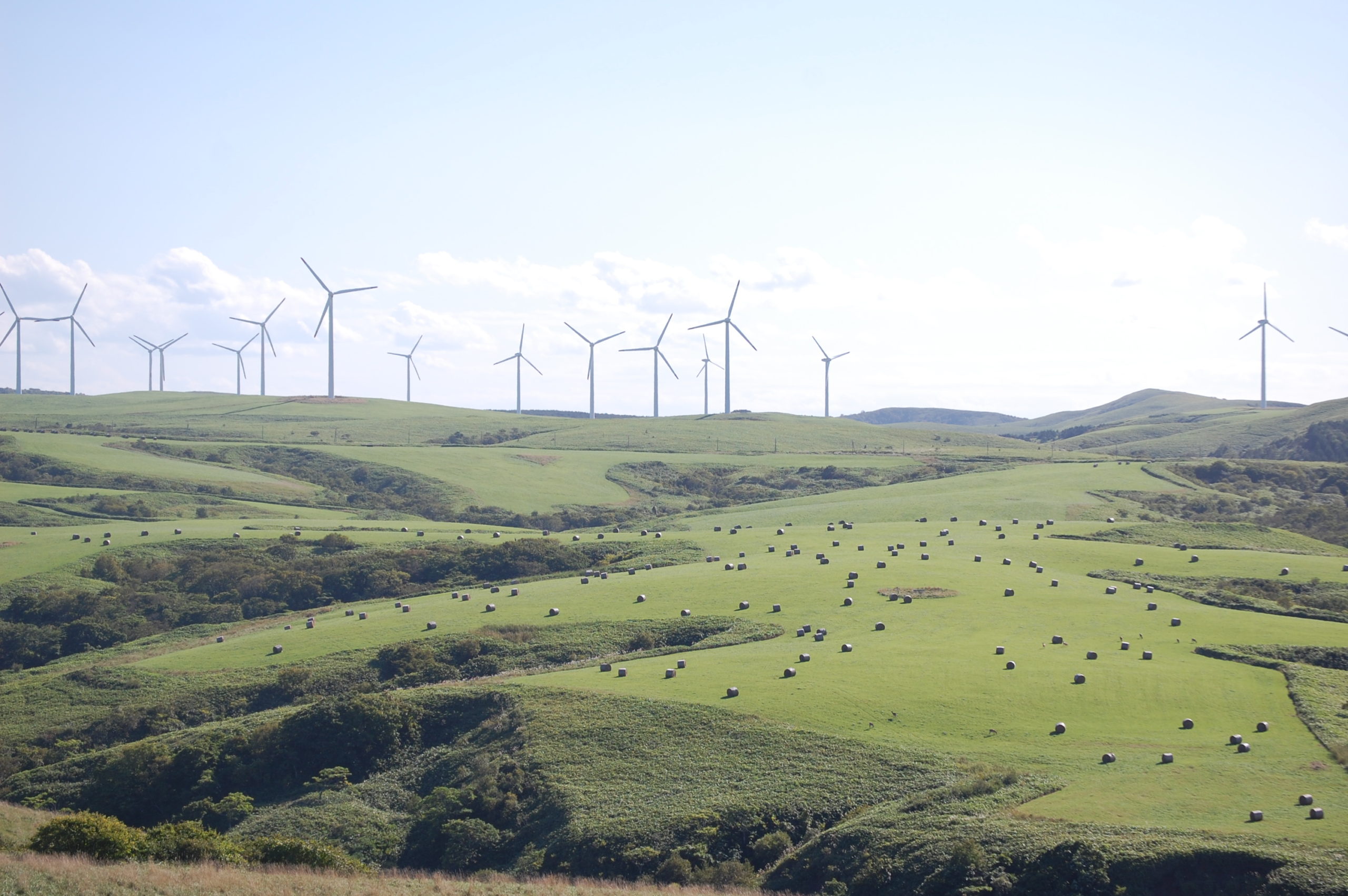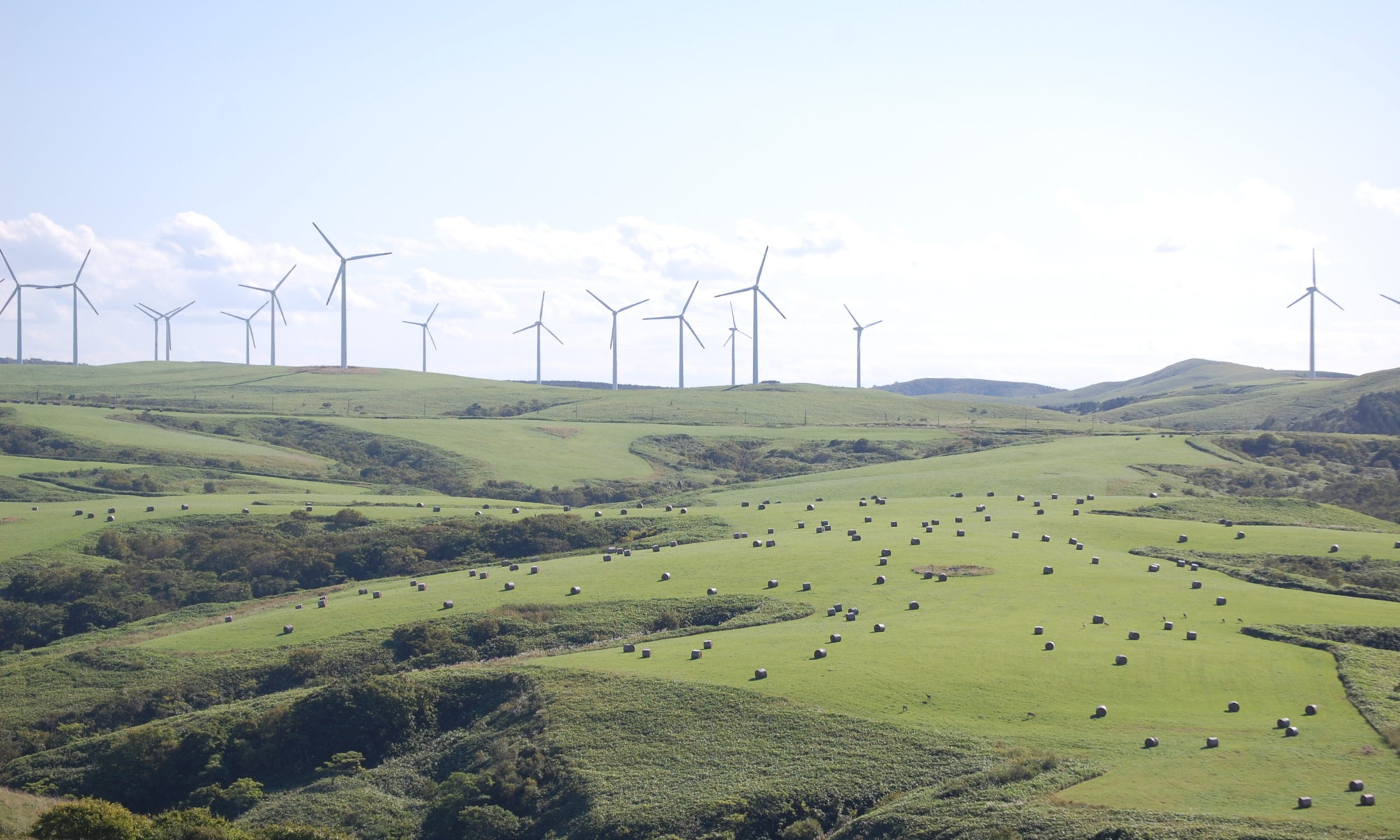On-demand materials navigation bar: IJS homepage, Wk1, Wk2, Wk3, Wk4, Wk5, Wk6, Wk7, Wk8, Wk9, Wk10, Wk11, Wk12, Wk13
Week 11: The Environment – disasters, energy, nature
Statistical Handbook of Japan:
Read Chapter 14, “Environment and Life”
Academic Articles (for the Active Learning Hours Portfolio):
The layout of this page is a little different. All articles that can be used for ALHP are marked with (ALHP).
The Historical Context of Japan and the Environment
We think of Japan as a “clean” country, and it is good at portraying itself as “eco” (see for example this government page). But it has had its share of horrendous pollution problems. These open access books give a history of some of Japan’s darker environmental episodes and civil society responses to them:
Jun Ui (ed), Industrial Pollution in Japan (ALHP, 1 chapter = 1 article)
Simon Avenell, Transnational Japan in the Global Environmental Movement (ALHP, 1 chapter = 1 article)
And here is a report about Minamata Disease on the homepage of the Ministry of the Environment: Lessons from Minamata Disease and Mercury Management in Japan (ALHP, 1 part = 1 article)
CO2 Emissions
For Japan’s CO2 emissions, see the Statistical Handbook (Chapter 7). In international comparison, see this EU report.
Japan has ambitious plans for carbon capture and storage (see this article and this article). However, there are concerned voices from scientists about how effective carbon capture really is (see here).
This article is another example of how “new technology” means “new carbon emissions”: AI is not very green at all …
Official Reports into Climate Change in Japan
To see how climate change appears in meteorological data in Japan, look at the various reports in the Japan Meteorological Agency website. In particular, see Chapter 2 of the Climate Change Monitoring Report (ALHP). This gives a clear explanation of how the climate in Japan is already changing. Also, refer back to the two articles we read in Week 1:
Ministry of the Environment et al, “Climate Change in Japan and its Impacts” (ALHP)
WWF Report, “Nippon Changes” (ALHP)
The Oceans & Sea Level Rises
The Japan Meteorological Agency takes a relatively low key approach to sea level rises. Read their report here. But, others are offering much more stark warnings. This video offers an impression of what might happen in Tokyo …
Here are the estimates for Osaka …
And the issue is not simply about small average rises leading to a problem in the 22nd century. Japan needs to consider what happens when rising sea levels combine with natural disasters, in particular the “high tide + typhoon scenario” and the “tsunami scenario”. Sea level rises amplify Japan’s existing risks. See this article:
Matanle, Littler and Slay, “Imagining Disasters in the Era of Climate Change” (ALHP)
Energy
Japan is resource poor. It has no oil, and it shifted off coal in the 1960s. Nuclear power became a cornerstone of Japanese energy policy and accounted for around 25% of energy production before 3/11.
But, look at the locations of Japan’s nuclear power plants. What do you notice?
The danger is not simply that nuclear power stations will be damaged in earthquakes and tsunamis. There is the question of nuclear fuel. Where can Japan safely store its spent nuclear fuel for the next 100,000 years …? Finland has a solution: Onkalo.
Japan’s current “solution” to its nuclear fuel problem is temporary storage tanks in its nuclear reactors … for the next 100,000 years …
So, here is the 64-million-dollar question: Why on earth did earthquake-prone Japan build over 50 nuclear power plants on the coast (= tsunami zones) and without a long-term means of storing spent nuclear fuel?
A few potential answers are in these articles:
Eric Johnston, “Japan’s Nuclear Nightmare” (ALHP)
Jeff Kingston, “Japan’s Nuclear Village” (ALHP)
Tetsuya Takahashi, “What March 11 means to me” (ALHP)
3/11 and Other Disasters
There are masses of resources online about Japan’s experiences of natural disaster. Start with NHK’s 3/11 Archives, which in the Japanese version covers other disasters, too. 3/11 was the topic of dozens of articles on the Asia-Pacific Journal. See their 3-11 articles list.
It’s not only earthquakes and tsunamis. Typhoons will become ever more powerful as global heating proceeds. Here is NHK’s coverage of Typhoon 19 (Hagibis) in 2019. Every year, heavy rains during the tsuyu (rainy season) or typhoon season cause widespread death and destruction. And of course it is all connected to climate change:
Andrew DeWit, “Hiroshima’s Disaster, Climate Crisis, and the Future of the Resilient City” (ALHP)
Changes in Japanese Society and Policy
Is Japanese politics and the way of doing economics in Japan really able to address the climate crisis? Read this and other work by Andrew DeWit, who is a leading scholar of environmental issues writing in English.
Andrew DeWit, “Can Abenomics Cope With Environmental Disaster?” (ALHP)
Japan is addicted to concrete (see Japan’s dishonorable mentions in this article “Concrete: the most destructive material on earth”, or the article by William Steele: “Constructing the Construction State” (ALHP)). And then of course there’s plastic …
Of course, old wasteful habits die hard. Japan continues to support coal by helping to construct new coal plants outside Japan. And the Japanese “construction state” remains addicted to “white elephant” public works projects. The next is the Maglev.
Hidekazu Aoki and Nobuo Kawamiya, “End game for Japan’s construction state” (ALHP)
Resolving the Problem
But there is hope. People are challenging the environmentally destructive status quo. In the lecture I highlight the work of Jason Hickel and the concept of degrowth. His essay rebutting the premises of “green growth” is here.
Jason Hickel, “The Myth of America’s Green Growth” (ALHP)
Young people are taking a stand:
Akihiro Ogawa, “Young precariat at the forefront” (ALHP)
or volunteering to help the victims of disasters …
Rachel Leng, “Japan’s civil society from Kobe to Tohoku” (ALHP)
But is it enough? After all, when Greta Thunberg’s movement took off in 2019, the protests in Japan were fairly muted compared to other countries. As this article asks: “Where are Japan’s Climate Strikers?”
What will you do?
PS Here is an interesting take on Japan after Fukushima by a well known historian, Mark Ravina.

